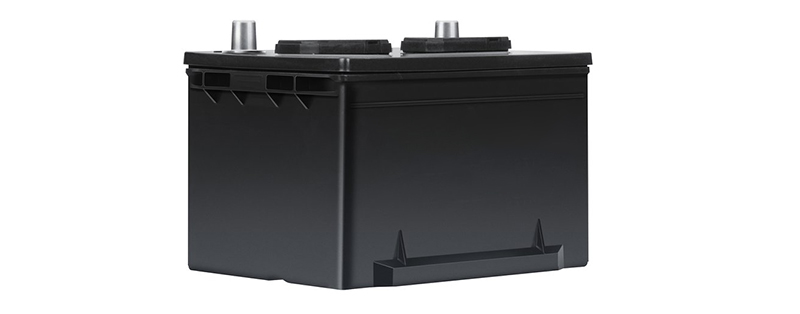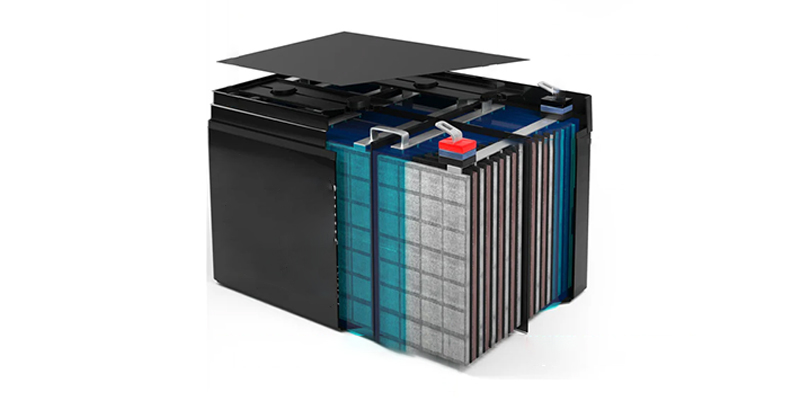Group 58 batteries are commonly used in a variety of vehicles and applications due to their compact size and reliable performance. Whether you’re dealing with a car, light truck, or SUV, understanding what makes a Group 58 battery unique can help ensure that you’re choosing the right battery for your needs.

What Is a Group 58 Battery?
The term "Group 58" refers to a specific battery size designated by the Battery Council International (BCI). BCI uses group numbers to categorize batteries based on their physical dimensions, terminal locations, and other specifications. The Group 58 battery has the following typical dimensions:
- Length: 9.25 inches (235 mm)
- Width: 7.0 inches (178 mm)
- Height: 6.75 inches (171 mm)
These compact dimensions make Group 58 batteries an ideal fit for certain vehicle models, especially older American cars. They are often found in vehicles from brands like Ford, Chrysler, and General Motors, particularly models from the 1980s and 1990s.
Key Features of Group 58 Batteries
- Compact Size: Group 58 batteries are smaller in size compared to some other battery groups, which allows them to fit into tighter engine compartments. This compact design is particularly useful for vehicles with limited space for the battery, offering enough power without compromising on space.
- Moderate Power Output: While Group 58 batteries aren’t as powerful as larger batteries, they offer sufficient power for smaller to mid-sized vehicles. They typically feature a cold cranking amps (CCA) rating between 400 and 600, which is adequate for starting engines in moderate climates. For regions with extreme weather conditions, you might want to consider a higher CCA rating.
- Maintenance-Free Designs: Most modern Group 58 batteries come in maintenance-free designs, meaning you don’t need to regularly check the water levels or add distilled water. These sealed lead-acid batteries are designed for convenience, requiring minimal maintenance over their lifespan.
- Durability and Longevity: Group 58 batteries are designed to last between 3 to 5 years under normal usage conditions. Factors such as climate, driving habits, and vehicle electrical demand can influence battery life, so it’s always important to regularly test and inspect your battery.
- Compatibility: Group 58 batteries are compatible with a range of vehicles, particularly older models that still use this size as a standard. Always consult your vehicle's manual or speak to a technician to ensure that the Group 58 battery is the right fit for your vehicle's specifications.
Choosing the Right Group 58 Battery
When selecting a Group 58 battery, there are several factors to consider to ensure optimal performance:
- Cold Cranking Amps (CCA): This is a measure of the battery’s ability to start an engine in cold temperatures. The higher the CCA rating, the better the battery will perform in cold weather. Choose a battery with a CCA rating that matches or exceeds your vehicle’s requirements.
- Reserve Capacity (RC): This measures how long the battery can supply power to the vehicle’s electrical systems if the alternator fails. A higher RC rating is beneficial for vehicles with a lot of electrical components.
- Warranty: Always check the warranty period when purchasing a new battery. A longer warranty provides peace of mind and protection against defects.

Common Applications for Group 58 Batteries
While Group 58 batteries are primarily used in vehicles, they also find applications in:
- Marine Applications: In some cases, smaller boats may use Group 58 batteries for starting or auxiliary power needs.
- Backup Power: These batteries can be used in small backup power systems, especially where space is limited.
- Industrial Machinery: Group 58 batteries may also be found in certain types of machinery or equipment that require moderate power.
Maintaining Your Group 58 Battery
To extend the lifespan of your Group 58 battery, follow these maintenance tips:
- Regular Inspections: Check for signs of corrosion around the terminals and ensure a secure connection.
- Clean Terminals: If you notice corrosion, clean the terminals with a mixture of baking soda and water to prevent poor electrical connections.
- Charge Regularly: If you’re storing the vehicle for an extended period, ensure the battery remains charged to avoid sulfation.
- Test the Battery: Have your battery tested regularly, especially before extreme weather seasons, to ensure it has enough capacity to start your vehicle.
Group 58 battery offer a reliable solution for certain vehicles, particularly older models with smaller engine compartments. With their moderate power output, compact design, and durability, they continue to be a popular choice for those seeking a dependable automotive battery. By understanding your vehicle’s needs and maintaining your battery properly, you can maximize its lifespan and ensure smooth performance.
When shopping for a Group 58 battery, always check the CCA, RC, and warranty to make the best choice for your vehicle and driving conditions.







